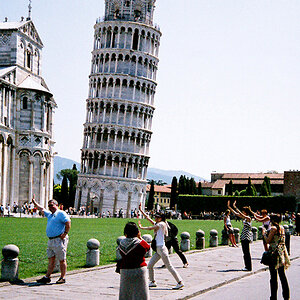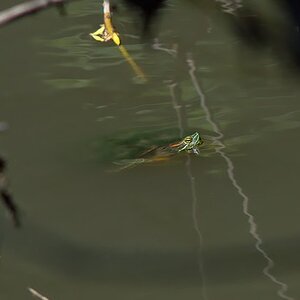Antithesis
No longer a newbie, moving up!
- Joined
- Aug 24, 2007
- Messages
- 1,340
- Reaction score
- 16
- Location
- Caribbean
- Website
- www.epanderson.com
- Can others edit my Photos
- Photos OK to edit
Yeah, and the D300 will be available for under $1k, possibly even new like they did with the d200, sooner than you'd think. It is an awesome performing camera that gave people what they asked for: Decent High-ISO noise in a borderline professional grade body at a decent price point.
The good thing about the fast pace of digital is that the price drops like crazy on bodies. If you wait a couple years, you will be able to get that D700 for under a grand, or close to it. But the latest and greatest will so far surpass it, that you might second guess the purchase. I see things getting a little absurd when we can hand-hold a camera in relative darkness, and take pictures of stuff we can barely see with little noise.
I'm more curious to see what next race will be. ISO is already getting exceedingly good, so maybe dynamic range?
The good thing about the fast pace of digital is that the price drops like crazy on bodies. If you wait a couple years, you will be able to get that D700 for under a grand, or close to it. But the latest and greatest will so far surpass it, that you might second guess the purchase. I see things getting a little absurd when we can hand-hold a camera in relative darkness, and take pictures of stuff we can barely see with little noise.
I'm more curious to see what next race will be. ISO is already getting exceedingly good, so maybe dynamic range?


![[No title]](/data/xfmg/thumbnail/35/35953-1a8b92df0115ff7026f31b78855ac815.jpg?1619737264)

![[No title]](/data/xfmg/thumbnail/38/38443-d3f00036791c5f915b132320c9ac8865.jpg?1619738614)

![[No title]](/data/xfmg/thumbnail/34/34118-1c18899050bfacc1ed25ac6c1740422b.jpg?1619736288)

![[No title]](/data/xfmg/thumbnail/35/35952-55c8d42ec1c6ff0e13b45356cbf9c068.jpg?1619737263)

![[No title]](/data/xfmg/thumbnail/37/37628-b854997825aadb4eedaa3247baf8069f.jpg?1619738155)


